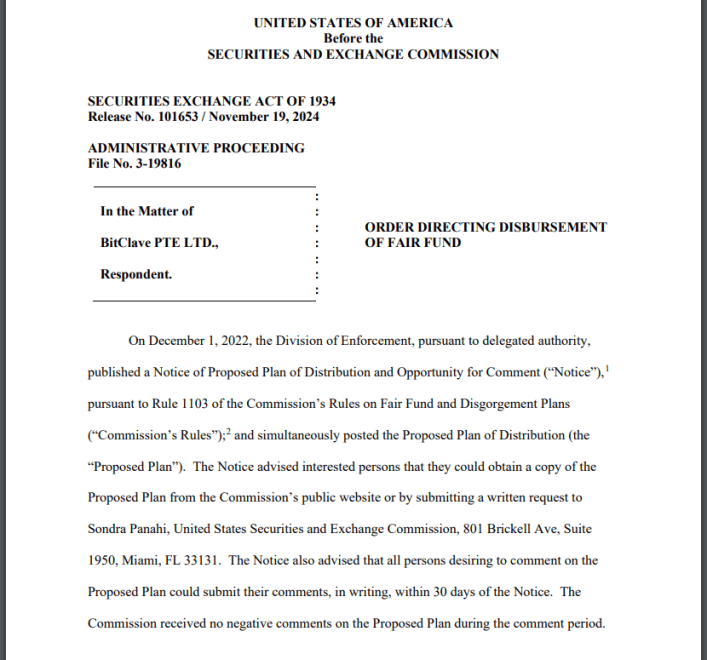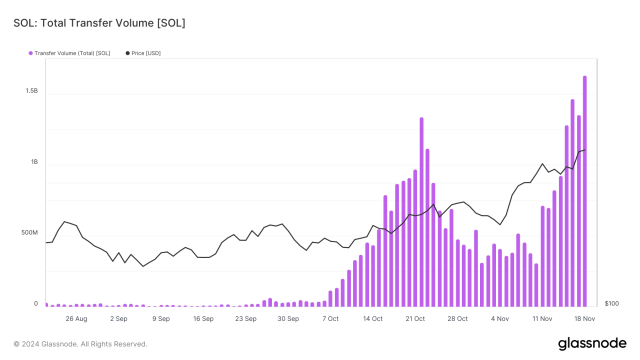I've been trying to learn more about this today and have read lyn alden's post as well as other articles to try to understand before playing around with some numbers and thinking about it myself.
Of course, it's hard to know the minimum amount of network security needed. So for this post, let's assume that if miner revenue is above .25% of the total market cap of bitcoin, the network is secure and safe from 51% attacks. I used https://www.btcsecuritybudget.com/ to model how expensive fees need to be over time to maintain the .25% miner revenue.
In 2035 fees would have to be $63; in 2040 $380; in 2045 $575; and in 2060 $1122. These fees don't really seem achievable, as having a transaction on the base layer with a 1.5% fee in 2045 would require the transaction to be at least $38,333. I guess purchases like cars and houses would still make sense.
Looking at it from another angle, bitcoin has a 24h volume of $11B today. If that volume was maintained throughout the year and 0.5% of that was captured as fees, then there would be $20B in fees for the year. $20B in fees secures an $8T network if we maintain our original assumption of .25% miner revenue.
If adoption and volume goes 10X and we can collect 0.5% of transactions as fees, we could have enough to secure an $80T network. But of course, fees aren't just 0.5% of transactions, and many larger transactions account for more of the volume while paying lower fees than 0.5% because of their large size.
How do you guys think about this problem?
[link] [comments]

You can get bonuses upto $100 FREE BONUS when you:
💰 Install these recommended apps:
💲 SocialGood - 100% Crypto Back on Everyday Shopping
💲 xPortal - The DeFi For The Next Billion
💲 CryptoTab Browser - Lightweight, fast, and ready to mine!
💰 Register on these recommended exchanges:
🟡 Binance🟡 Bitfinex🟡 Bitmart🟡 Bittrex🟡 Bitget
🟡 CoinEx🟡 Crypto.com🟡 Gate.io🟡 Huobi🟡 Kucoin.




















Comments